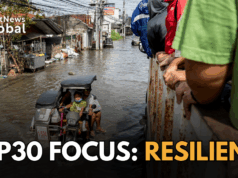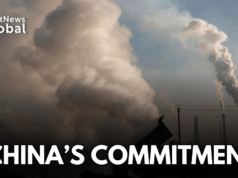NEW DELHI: Three weeks ago, the Intergovernmental Panel on Climate Change (IPCC) released its sixth and final assessment report. It was a grim reminder to the world in general, and the topographically vulnerable regions, that the world was poised at the point of no return on climate change. If the world failed to collectively halve its carbon emissions in the next seven years, then it would breach the temperature cap of 1.5 degrees Centigrade. Indeed, this would unleash havoc upon the world, including India—which has witnessed a sharp spike in natural disasters, including extreme weather conditions; while the average was four per year in the previous century, the frequency of natural disasters has surged to 17 in the first two decades since the turn of the Millennium. In other words, risks from climate change have surged. Along with pandemics, economic contagion they define actor-less threats to the world. Worse, they do not respect borders, implying that every country is vulnerable. Overnight, these actor-less threats have catapulted to the category of hard-security risks. This is forcing countries to revisit their national security paradigms. The United States formally acknowledged this threat in its National Security Strategy released last year. In fact, it has also initiated a reordering of its foreign policy to address these new threats. To understand how and why these actor-less risks are redefining the global security paradigm we spoke to Erin Sikorsky. She is the Director of the Center for Climate and Security and the International Military Council on Climate and Security. Prior to this appointment, Erin Sikorsky spent over a decade in the US intelligence community, including on the National Intelligence Council where she led climate and environmental analysis across the intelligence community.




